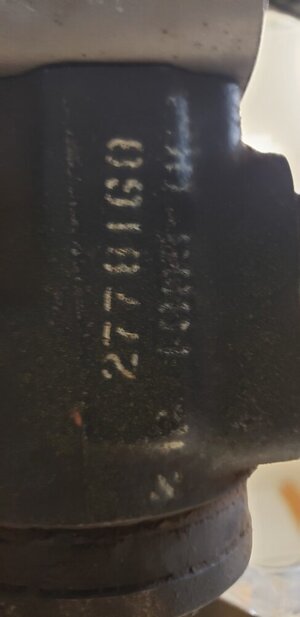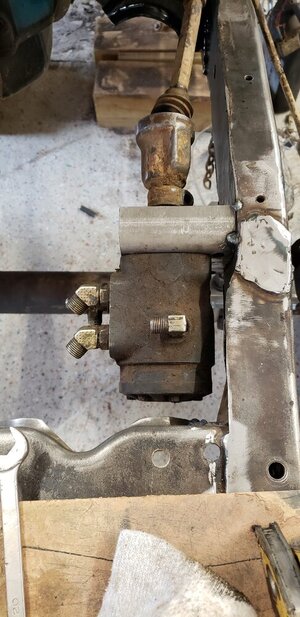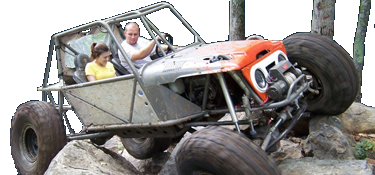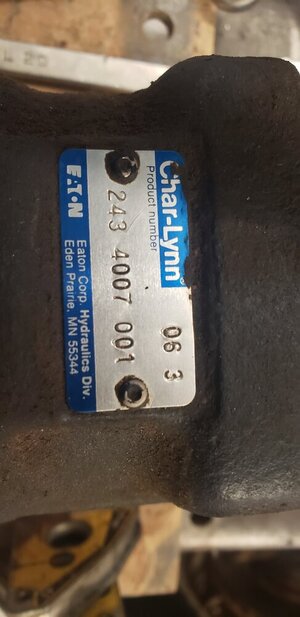2" ram with a 1.25" rod at 1300 PSI (modded P-Pump) will make about 2500 pounds of force.
2.5" ram with a 1.5" rod at 1300 PSI will make about 4000 pounds of force.
Was asking what the above forces look like using the TG/PSC rams with smaller rods?
According to an online calc, it basically doubles the "
rod side" pressure...
Pressure acting on rod side
2" Piston diameter - d2 (in)
1.5" Rod diameter - d1 (in)
1300# Cylinder pressure - P1 (psi)
Force Rod Side - F1 (lb): 1787 (2297# delta)
Pressure acting on rod side
2" Piston diameter - d2 (in)
0.75" Rod diameter - d1 (in)
1300# Cylinder pressure - P1 (psi)
Force Rod Side - F1 (lb): 3510 (574# delta)
Pressure acting on opposite of rod side
2" Piston diameter - d2 (in)
1300# Cylinder pressure - d2 (psi)
Force Opposite Rod Side - F2 (lb): 4084
With the above numbers, the force delta for these smaller rod rams are a lot less, so guessing that equates into a "less noticeable" L<>R steering difference running a SE ram?
Correct. And the small rod will buckle easier too.
Also my concern, since stock Jeeps using 11/16" TREs/etc. are obviously a "weak link", 3/4" rods in these rams cause me to wonder about failure rates.
Meaning, outside of NON-contact (bashed into rock) & installer (bad placement/geometry) issues, are y'all seeing regular failures? EDIT: I see
@Chris_Keziah was referencing the TG w/ 1.125" rods...
All this is finding my own "warm fuzzy", given the on-road part deciding between:
- 1.5" rod (harder to bend) w/ what appears to be VERY noticeable L-R-performance = keep the SC ram
- 3/4" rod (mounting better be dead nuts or

) w/ what appears to be 400% less noticeable L-R-performance = start over








 but not opposed to starting over if the difference between 2" and 2.250"/2.5" will be that noticeable?
but not opposed to starting over if the difference between 2" and 2.250"/2.5" will be that noticeable? ) w/ what appears to be 400% less noticeable L-R-performance = start over
) w/ what appears to be 400% less noticeable L-R-performance = start over